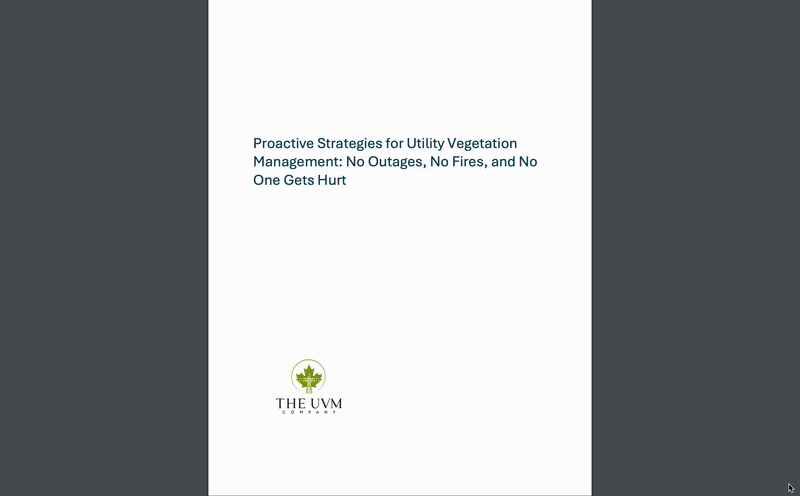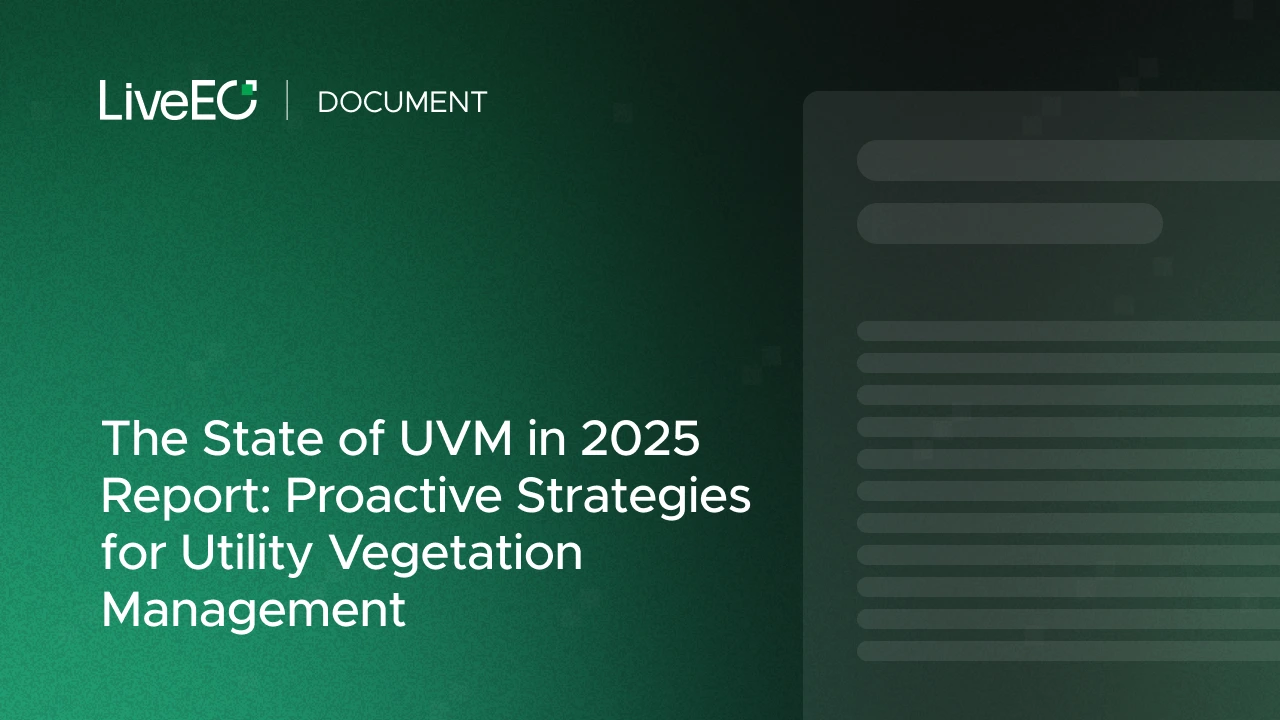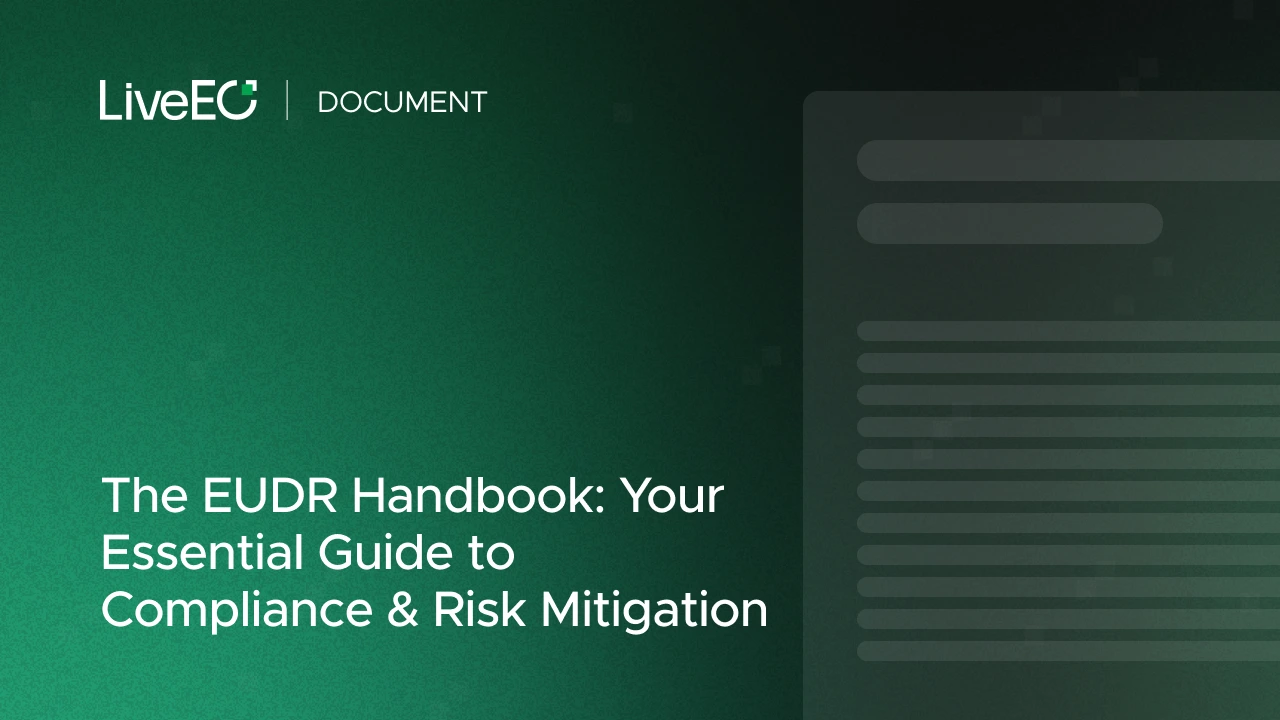As climate risks escalate and infrastructure resilience becomes a top priority, the utility sector is facing renewed scrutiny over its vegetation management practices.
A 2025 report—Proactive Strategies for Utility Vegetation Management: No Outages, No Fires, and No One Gets Hurt—offers a critical assessment of the state of UVM and presents a proactive framework for minimizing risk across the grid.
Authored by Stephen Cieslewicz, a recognized expert in utility vegetation management and co-host of The UVM Podcast, the report draws on decades of field experience and strategic insight. It delivers timely recommendations for utility leaders, regulators, contractors, and policymakers committed to reducing outages, preventing wildfires, and protecting public safety.
From Disaster Response to Risk Prevention
For decades, UVM strategies have relied heavily on cycle-based trimming and reactive mitigation efforts. But as vegetation-related incidents, from wildfires to blackouts, continue to increase in frequency and severity, the industry is being called to shift toward proactive, risk-based approaches.
The 2025 report positions vegetation management as a critical line of defense in climate adaptation and grid reliability, not simply a maintenance function.
A Resource for Decision-Makers Across the Sector
The report is designed for:
- Utility executives and UVM program managers
- Federal, state, and regional regulators
- Environmental consultants and technology providers
- Public policymakers and infrastructure strategists
Combining field-tested recommendations with policy-forward analysis, it provides a comprehensive foundation for those aiming to lead the UVM transformation.
Key Insights from the Report
The report is structured around three central areas of focus:
{{button}}
What’s Working
- Utility programs that incorporate predictive risk modeling and remote sensing
- Real-time monitoring platforms enabling targeted, high-risk intervention
- Cross-functional collaboration between vegetation teams, data analysts, and regulators
Where the Industry Is Falling Short
- Outdated budget models that prioritize short-term trimming over strategic riskmitigation
- Inconsistent use of data and technology, leading to gaps in threat detection
- Regulatory environments that focus on penalties rather than performance-based incentives
What Needs to Change
- Transitioning from reactive to proactive vegetation management frameworks
- Implementing risk-prioritized planning over mileage-based metrics
- Aligning utility goals with broader policy initiatives on climate resilience and wildfire prevention

What You’ll Learn in the Report
- How to transition from trimming cycles to risk-prioritized vegetation management
- Proven models like Right Tree, Right Place and Trees for Energy Conservation
- The role of satellites, LiDAR, and AI in transforming vegetation oversight
- Why UVM needs a regulatory and financial reset—and what that could look like
- How strategic replanting can support equity, sustainability, and long-term risk reduction
- Lessons from California and the Bulk Electric System that can be applied nationwide
An Urgent Call for UVM Evolution
Recent disasters, such as the Los Angeles fires, have highlighted the devastating impact of inadequate vegetation oversight.
However, these devastating fires were not an anomaly, they were a stark warning of what’s to come if vegetation oversight remains outdated and reactive. As extreme weather intensifies and utility infrastructure ages, the margin for error is rapidly disappearing.
This report makes it clear: the status quo is no longer just ineffective, it’s dangerous. Traditional trimming cycles and compliance-focused approaches are failing to prevent the very disasters they were meant to avoid.
Without bold, immediate changes, utilities will continue to face escalating risks to lives, homes, and critical infrastructure. Proactive vegetation management is no longer optional, it is an operational imperative.
The time to act isn’t next year, or next season. It’s now. Download the full report to access expert guidance, possible solutions, and the actionable insights needed to build a safer, more resilient grid:
Download the Report Now






